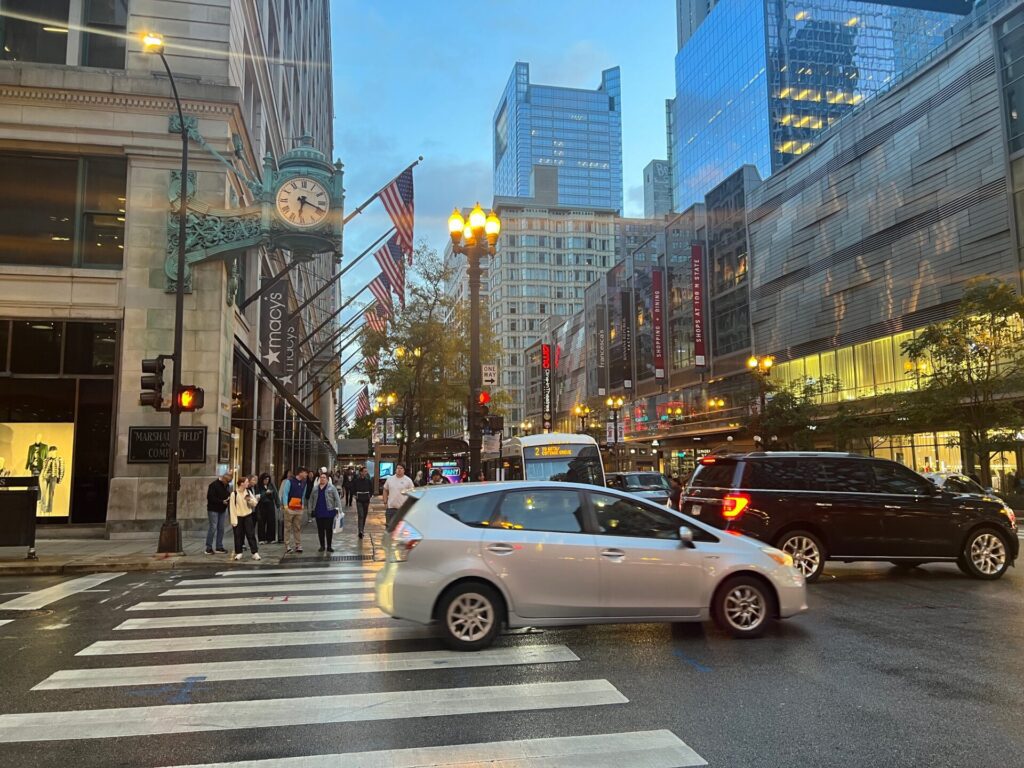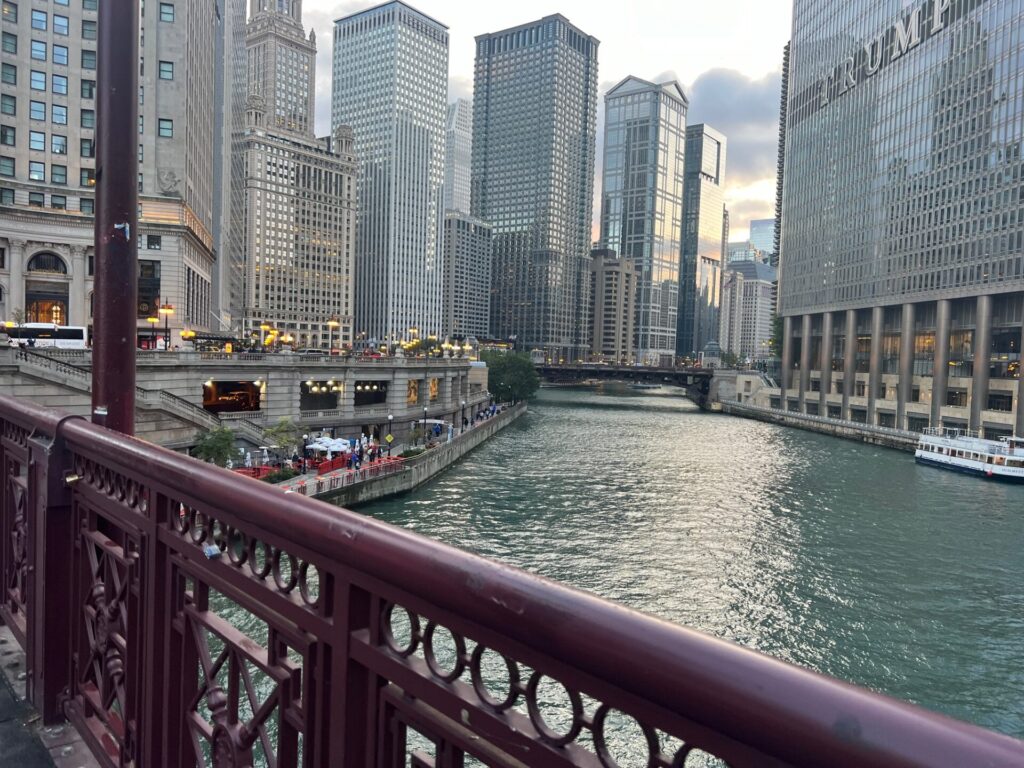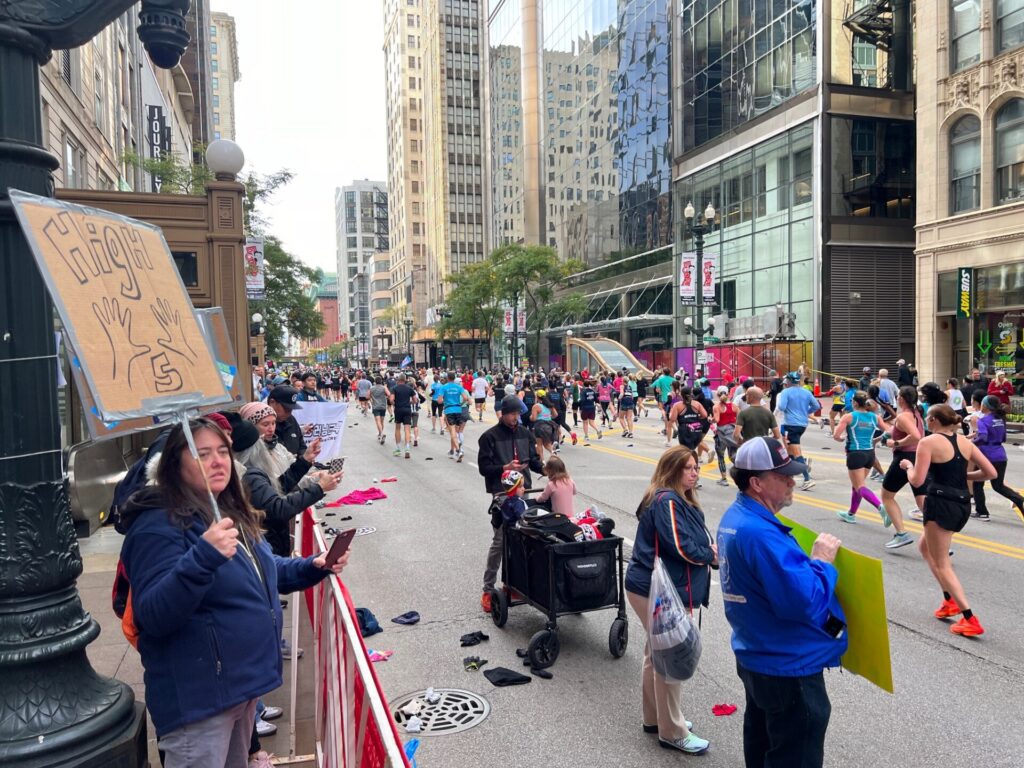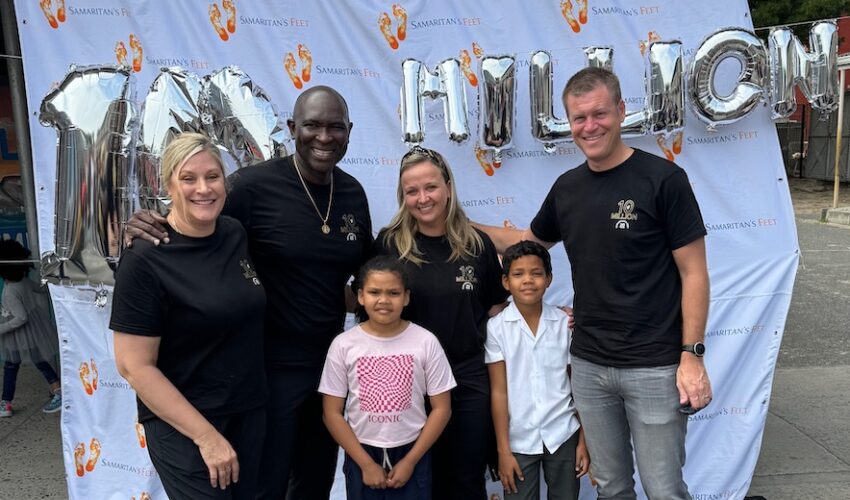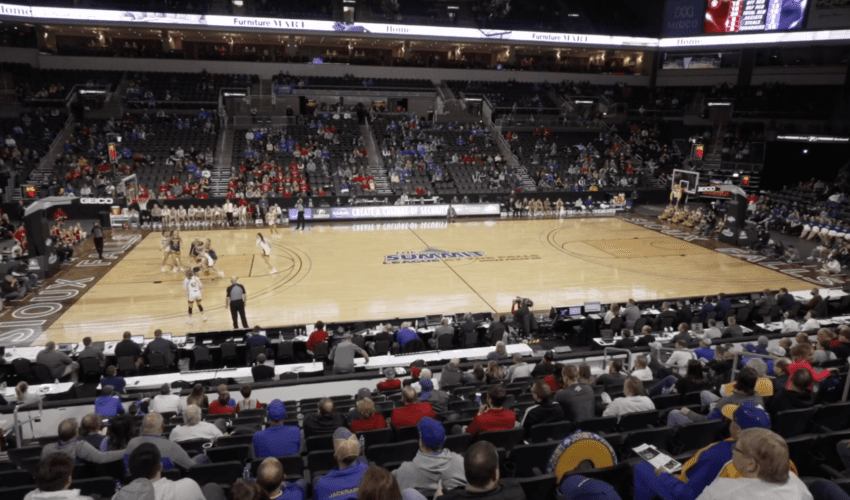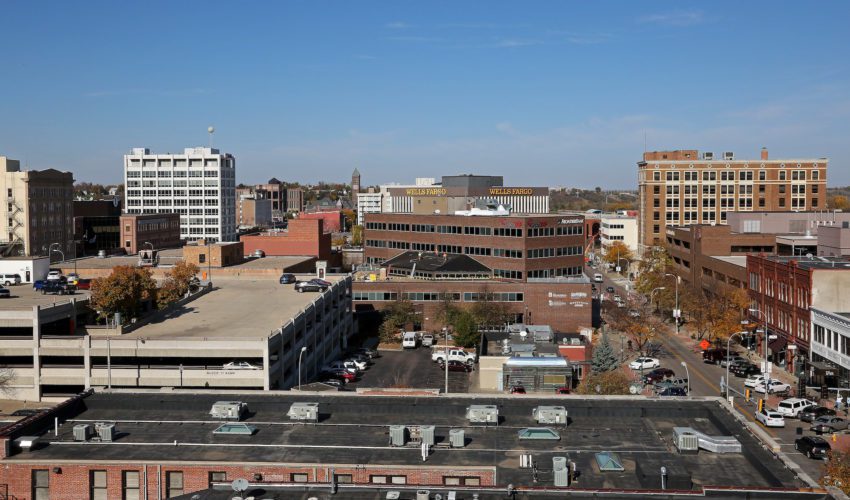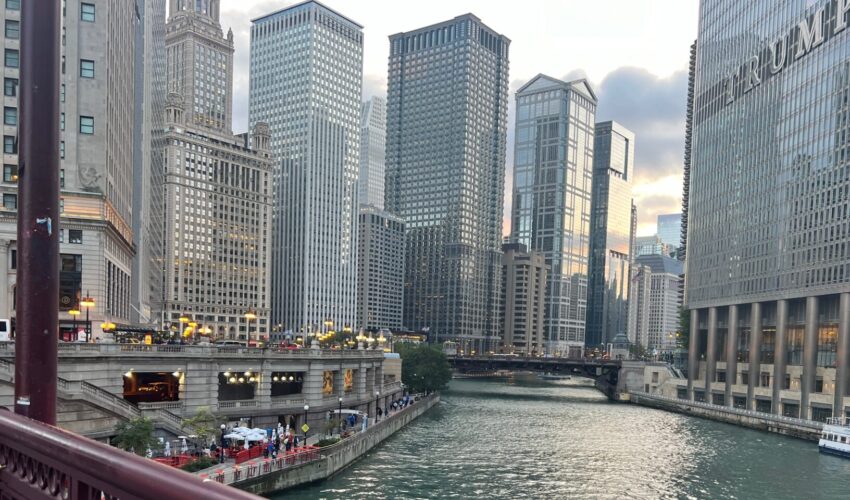Jodi’s Journal: 48 hours in Chicago, with a Sioux Falls twist
Oct. 15, 2023
In retrospect, it really wouldn’t have been a trip downtown without my friend Vernon Brown.
Even if that downtown happened to be a flight away in Chicago.
In the sort of confluence of events that somehow seems to happen in my world, he texted me hours before I was about to board a plane east.
“I’m in Chicago,” he said, unaware I was heading the same direction, and went on to tell me about something he’d gotten around to reading on the way.
“Wait, what are you doing in Chicago?” I replied, explaining a friend and I had decided to take a long-anticipated weekend trip there.
Turns out, he was there as a member of the board of directors of Downtown Sioux Falls Inc. as the group attended the International Downtown Association annual conference.
And, you know, because Sioux Falls tends to be one big small world, of course their conference happened to be at our hotel. So we met up at the end of their event with president Joe Batcheller and the board, which was a nice chance to hear their take on it and talk a bit about our shared hopes for downtown.
At heart still a reporter, Vernon also honed in on some of the most valuable content from the conference and sent it my way.
Given that I’ve been a downtown proponent ever since I’ve lived here and he literally has been known as “Downtown Vernon Brown” longer than that, we had plenty to discuss during and after our visit.
Fundamentals
“Clean and safe — that was my big key,” he said, reading from one of the materials at the conference.
“Safety concerns, whether real or perceived, remain barriers to regaining consumer confidence in the downtown experience,” he continued. “That leapt from the page for me.”
Picture for a moment for me what you imagine it’s like to spend multiple days in downtown Chicago — walking most places you need to go.
Now ask yourself how many times you think I got asked by a person on the street for money.
Once. And it was basically a mumble.
“I was never asked for money, ever, and I walked a half-mile to and from the hotel and conference site every day,” Vernon agreed. “And the ones who held a sign were far more polite. They weren’t in your face.”
The employees and customers who come to the store he and his wife, Tami, own on Phillips Avenue get asked for money more often and more aggressively while walking from their parking space a block or two away.
“If Chicago can figure this out …” he began, as I reached for my laptop to start a search.
It’s a long story, but essentially this used to be a major problem in Chicago. The city responded with a ban on panhandling, but it was ruled unconstitutional.
A new state bill introduced last year instead sought to put limitations on the practice. You couldn’t panhandle between sunset and sunrise, at bus or train stops, or approach people in their cars. Solicitors couldn’t block the path of a sidewalk or follow a person who refused to donate, use profane or abusive language or otherwise threaten. That one never got to a vote.
I then read a recent story about a couple of Walgreens stores in downtown Chicago that started blaring classical music outside to discourage panhandlers from camping out.
So clearly it’s still an issue there, too, but it definitely wasn’t along the many miles I walked. The best I could uncover was that during the time the practice was banned, much of it dissipated and hasn’t fully returned. But I also learned Chicago spends $1 million annually on a downtown ambassador program, something we’ve also seen succeed locally that I hope can continue to scale.
I don’t think there’s anything wrong with creating a culture in our city that doesn’t tolerate aggressive panhandling. The sort of restrictions that were proposed in Chicago seem reasonable and a fair way to balance safety concerns with First Amendment rights.
‘Epidemic of loneliness’
The other big takeaway from the downtown conference for us involved what was called an “epidemic of loneliness” many are experiencing. With loneliness cited by the CDC as a pre-existing condition accelerated by the pandemic, the conference materials put forward that “downtowns hold the promise of a higher form of community and human connectivity to combat these ills.
“By creating inviting public spaces, programming and economic opportunities that welcome all walks of life, downtowns can emerge as places that bring our society together.”
Obvious examples of this are happening in downtown Sioux Falls, from Levitt at the Falls to the recreation trail system, our public parks and SculptureWalk. But it was a good reminder that events don’t have to be large scale to be successful. Those that are smaller, more niche or diverse can highlight local culture, arts and music, and help promote accessibility and connections.
“We have the street musicians,” Vernon reminded me. “Maybe we need to think about where we’re placing them and at what time of day. With people coming back to the office, downtowns need to be a destination and not an obligation for workers. It’s great to have street musicians in the evening, but maybe some programming can happen over the lunch hour.”
Getting around
Then, it was time to get home, which led me and my friend to another applicable downtown conclusion.
That adventure actually started upon arrival, when our cab driver informed us we’d be trying to get out of downtown at the same time 50,000 people were running through it in the Chicago Marathon. With 41 street closures, including one out the front door of our hotel, he actually suggested we rebook the return flight.
Fortunately, while streets did shut down, the subway stayed open.
On this day, the Chicago Transit Authority’s L rail system was a lifesaver, taking us directly from the heart of downtown to O’Hare International Airport. Looking back, we probably should have bought day passes and bypassed a couple of cab rides — it was that easy to move around the city.
As our own downtown expands, I’d love to see a regular, reliable shuttle to get from place to place within the downtown area. I work downtown, and there are way too many times I drive to locations I could walk to or take a shuttle if it existed. I plan to work on my own habits, but think about if a mini-bus or something similar existed that would stop on the north, east and south ends of downtown. Something you reliably could take year-round to a lunch, meeting or even to your home if you live and work downtown. Maybe even to the airport? And on the subject, we really should address the trolley, too, which failed to run this summer. That’s different — a tourist attraction with historic information for visitors — but anything that offers public transportation around downtown helps. As the city prepares to take a fresh look at its transit provider, I think it’s all worth considering.
No one person or organization is positioned to address all these opportunities. It will take collaboration among policy-makers, businesses and nonprofits, but ultimately a melting pot of sorts defines any great downtown.
Want a glimpse of how it pays off?
More people are living now in downtown Chicago than before the pandemic. The changing way people work means downtowns no longer can depend on workers during the day and visitors at night to sustain themselves. A strong residential base is going to be critical, and the keys to creating one are what most people look for in any neighborhood: clean, safe and accessible, with things to do nearby.
More people are living in downtown Sioux Falls than before the pandemic too — and in the next few years, that should multiply significantly. But to sustain the momentum, I think it’s worth taking a few cues from our neighbor to the east.

